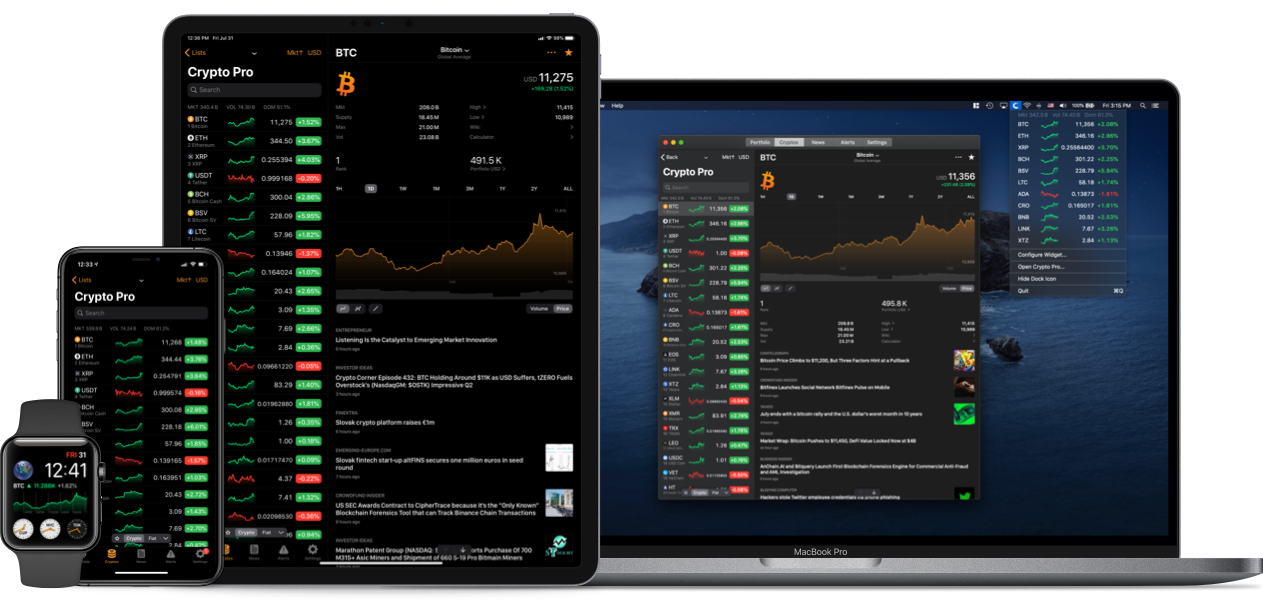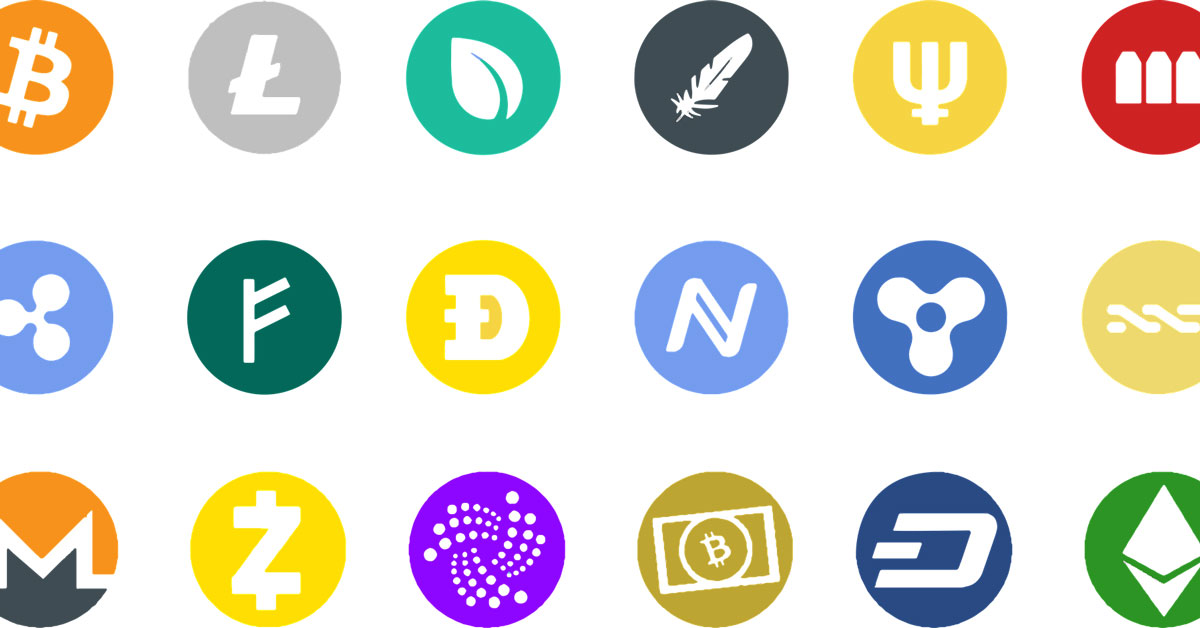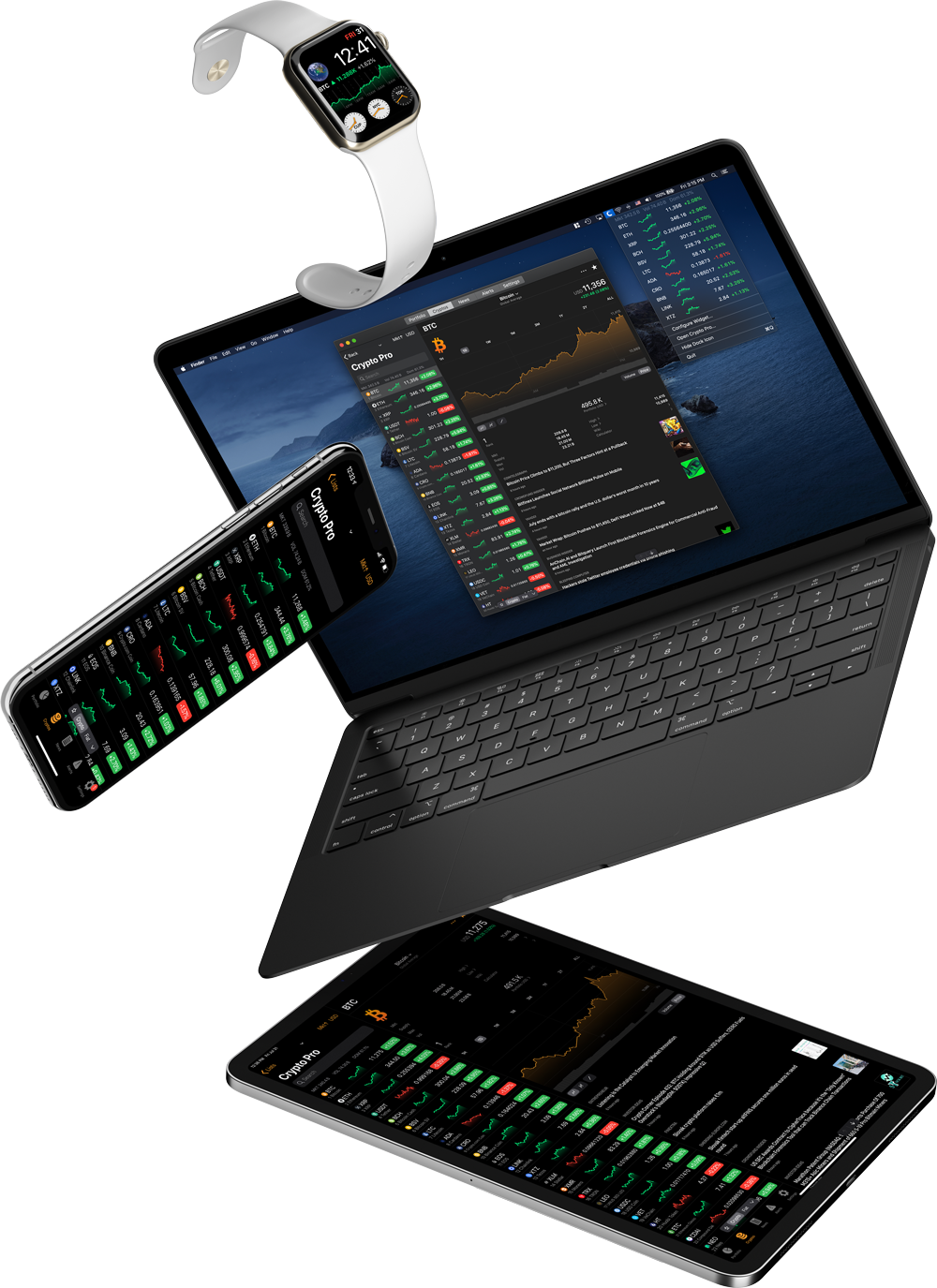A step-by-step tutorial on how to buy any altcoin
Cryptocurrencies offer a wealth of ways to get involved in the market. At the time of writing, there are over 6,000 cryptocurrencies traded over 250 exchanges worldwide. New cryptocurrencies sprout every day as weaker cryptos lose favor and retire. The market is exploding. More and more investors, businesses, governments, and consumers are committing to the crypto gold rush.
As of September, BTC held over 70% of the total market cap of all cryptocurrencies. BTC is hugely popular, but it isn’t the only way to make money. Alternative coins, or ‘altcoins’ for short, are still a diverse and active part of the cryptocurrency market.
Getting Started with Altcoins
There are a ton of altcoins. These days, any tech-savvy programmer can whip up a white paper and an altcoin. Altcoins come in a staggering variety of flavors. Check out our blog post “Best Altcoins“, where we list our top 8 picks for 2020. How do you sift through the mounds of altcoins to find the hidden gem? This is no easy feat.
Part of what makes specific altcoins valuable – and enticing – is the function they offer beyond BTC. The market continues to experiment with different types of altcoins. Here are some of the popular altcoins by market cap.
Litecoin (LTC). Known as the silver to Bitcoin’s gold, LTC is an upgraded version of BTC. LTC has faster block processing speed, four times the supply of BTC, and a different hashing algorithm called Scrypt.
Ethereum (ETH). ETH is a very different crypto than BTC or LTC. Ethereum is a ledger technology that users can build programs (DApps) and smart contracts on. Like LTC, is also has a larger supply and faster block processing speed.
NEO (NEO). Similar to ETH, NEO is a platform that uses smart contracts and allows for DApps. However, this altcoin is backed by the Chinese government, uses a special proof-of-stake mechanism, and uses a special asset (NeoGas) to fuel its blockchain.
Ripple (XRP). XRP is primarily known as a digital payment network that hosts a cryptocurrency. The network is used for international money transfers. XRP is not mined and uses a different consensus mechanism than traditional cryptos like BTC.
How to Buy Altcoins: Step-by-Step
Buying many altcoins requires just a few steps beyond purchasing bitcoin. In this article, we recommend purchasing BTC and trading BTC for the desired altcoin. Many, if not most altcoins, should be paired with BTC on one of the exchanges. However, you don’t need to purchase cryptos through exchanges. Cryptos can be purchased either directly with another owner or over-the-counter (OTC). We recommend beginners use exchanges to protect from fraud.
Let’s get into the eight steps that will net you your shiny new altcoins.
Step 1: Determine the percentage of your crypto portfolio dedicated to altcoins
92% of blockchain projects have failed and had an average lifespan of 1.22 years. These are stark numbers. Altcoins are risky, but that doesn’t mean they aren’t worth investing in. It may be useful to divide your portfolio into risk layers, especially if you intend to speculate on uncommon or untried coins.
We strongly recommend you get a portfolio tracker to keep track of your coins.
Step 2: Research and find the best altcoin for you
There are many factors to consider when looking to purchase an altcoin. Do you want a reputable name? Should the altcoin be exclusively a cryptocurrency or can the altcoin live on a platform? This list can be endless, so look through the top altcoins, read up on different altcoin traits that appeal to you, and select a crypto.
A few important points to consider before committing:
- Is the official website still working and is the subreddit of the altcoin alive?
- Is there enough volume on at least one exchange to justify the purchase?
- Is the altcoin supported by the wallet you have or will you need a new cryptocurrency wallet?
- Can you actually make money on the crypto?
Step 3: Fiat money to digital money (or buy BTC)
Most altcoins can’t be purchased with USD. That means you’ll want to purchase Bitcoins and swap those for your preferred altcoin on the right exchange.
Some exchanges let you purchase BTC with a credit card directly on the exchange. This is an easy way to get started. It’s good to have a BTC wallet and a separate wallet for your altcoins (which we’ll cover later).
Make sure to check out our Coinbase alternatives articles where we review 7 different cryptocurrency exchanges.
Step 4: Choose an exchange
After purchasing BTC, you’ll need to find one or more exchanges that offer your altcoin. Coin.market hosts a list of the top currency exchanges, the “markets” or currency pairs these exchanges trade in, hourly trades, daily volume, and percent market share.
Unless you are a ninja cryptocurrency trader, steer clear of the less popular exchanges. More popular exchanges are more liquid. Higher liquidity means you’ll be able to buy altcoins quicker and closer to the market’s clearing price. Need a primer on liquidity?
Search the currency exchanges and do some research on exchanges that have your currency pair. Once you’ve settled on the best exchange, you’ll need to register.
Other important points to consider when selecting an exchange:
- Are they reputable?
- Have they been hacked before?
- Are the fees and rates reasonable?
Step 5: Find the currency pair
After completing registration, you’ll want to move some of your BTC to the exchange. Remember, you’re trading in currency pairs, so the BTC will be exchanged for your altcoin.
Make sure to look at the currency pair and how it has traded over the past week or month. Crypto markets are far from perfect, so there may be an optimal time to make the trade.
Step 6: Trade BTC for your chosen altcoin
When you are ready to make the trade, you’ll go to the exchange and place an order for your altcoin. If this is your first time on an exchange take some time to understand how to how orders work. Here’s a video of a trader talking about NEO, forecasting the market, examining the BTC-NEO pair, and creating an order.
Step 7: Move the altcoins into a wallet
After the purchase is complete your precious altcoins will live on the exchange. If you are buying to hold, it is now time to move the cryptos off the exchange and into a wallet.
Crypto wallets are safe and come in two types. Hot wallets are those that are connected to the internet, and live on the internet, on your desktop, or on your mobile. Cold wallets are wallets that aren’t connected to the internet and include hardware wallets and paper. If you want maximum protection, buy a new hardware wallet.
Step 8: Dream of Lambos
Congratulations, you’ve successfully speculated on the future of money. Hopefully, your digital asset appreciates, and you become fantastically rich. Don’t forget about us when you do.
Whichever altcoin you decide to buy, make sure to track it via Crypto Pro — the most private crypto portfolio tracker.








